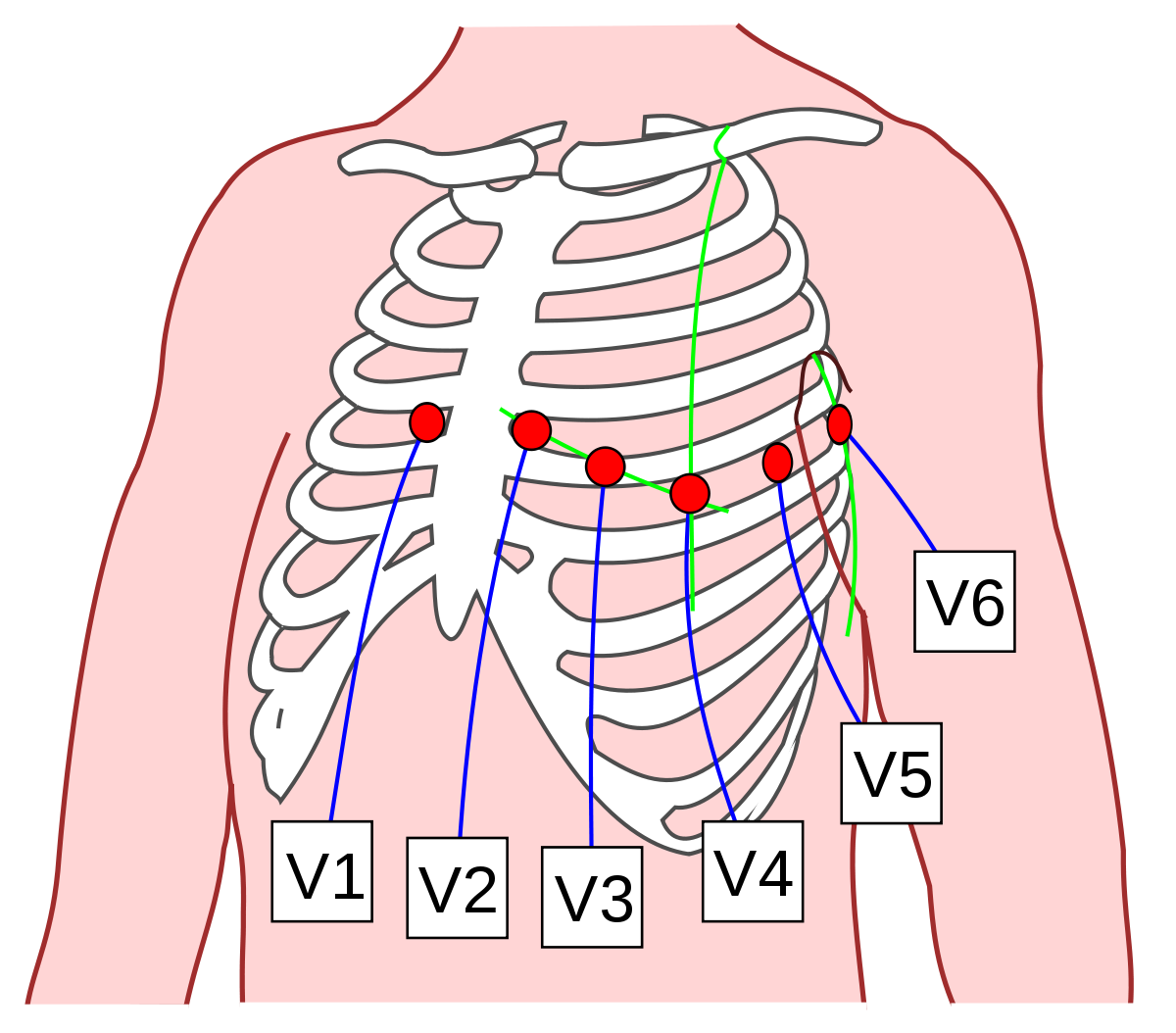Homeostatic Imbalances with the Heart
Homeostatic Imbalances with the Heart
Heart disease refers to diseases that interfere with the proper functioning or supply of blood to the heart. Genetic predispositions, lack of physical activity, and certain foods are few of the many factors that can lead to heart disease. However, lifestyle changes can reduce its risk. Exercise improves blood circulation to cells, tissues, and organs, enhancing their function. If organs are deprived of blood, they do not receive an ample supply of oxygen, which could have severe consequences including death.
A blood clot, known as a thrombus, and a cholesterol deposit, known as a plaque, can obstruct arteries, which prevents blood flow. If a thrombus and a plaque obstruct the coronary arteries, the myocardium of the heart will not receive enough blood to contract, resulting in a heart attack. During physical activity, the high velocity by which blood moves through arteries removes thrombi and plaques, lowering the risk of heart disease. Below is a list of common heart diseases.
Atherosclerosis- A type of arteriosclerosis characterized by plaque buildup in arteries, disrupting blood flow to organs and leading to coronary artery disease. A common cause of heart attacks is coronary atherosclerosis, in which plaque is present in the coronary arteries.
Arrhythmogenic Right Ventricular Cardiomyopathy (ARVC)- A rare genetic condition in which fatty deposits accumulate in the myocardium of the right and left ventricle, hindering the heart's ability to pump blood at its normal rate. This causes blood and fluid to accumulate in other parts of the body, such as the legs and lungs. Symptoms include swelling of the legs and abdomen, shortness of breath, palpitations, syncope, and heart failure. Individuals diagnosed with ARVC should avoid strenuous exercise due to the ventricles' inability to pump blood efficiently. ARVC can be prevented by quitting smoking and reducing the amount of salt in one's diet. It can be treated by beta-blockers and antiarrhythmics (which stabilize heart rhythms), anticoagulants (which reduce blood clots), and diuretics.
Left Ventricular Hypertrophy (LVH) - Thickening of the left ventricle, often due to factors that cause it to pump harder, such as hypertension or aortic stenosis (narrowing of aortic valve). As LVH progresses, the left ventricle may lose its ability to pump blood. Symptoms are similar to those of ARVC. According to recent trials, drugs that block angiotensin II (a hormone that raises blood pressure in response to decreased blood volume) receptors may help treat LVH. Such drugs will prevent blood pressure from rising, which will ease the burden off of the left ventricle to pump blood at a high rate.
Cardiomyopathy refers to a group of disorders in which the myocardium, the muscular layer of the heart that enables it to pump blood, is negatively impacted. There are several types of cardiomyopathy:
- Dilated Cardiomyopathy (DCM)- A condition in which the myocardium of the ventricles enlarges due to calcineurin, an enzyme activated by high calcium levels in cardiac cells. In severe cases, the myocardium of the atria also enlarges. DCM is the most common type of cardiomyopathy in children, and the average age it is diagnosed is two years.
- Hypertrophic Cardiomyopathy (HCM)- An autosomal dominant disorder in which the myocardium of the left ventricle thickens, interfering with its ability to pump blood out of the heart. According to recent research, HCM results from a mutation in myosin binding protein C (MYBPC3), which is involved in muscle contraction. This causes the left ventricle to contract at a higher rate, which is the main reason it thickens in this disorder. Since it is genetic, HCM can occur at any age. Children and young adults usually do not experience symptoms, but are at risk of cardiac death.
- Restrictive Cardiomyopathy- A condition in which the myocardium of the left ventricle loses its elasticity, disallowing it to expand as it fills with blood. As a result, the left ventricle is unable to pump an ample supply of blood out of the heart. However, the left ventricles's ability to pump blood is not affected, as is in the conditions mentioned above; the amount of blood it can pump is adversely affected. Hemochromatosis (excessive iron), scar tissue in the myocardium can cause restrictive cardiomyopathy.
Common causes of heart disease include lack of physical activity, eating a diet high in saturated fats, and smoking. Nearly all of these diseases can lead to myocardial infarction. Thus, remaining fit is key to living a healthy life.
“Arrhythmogenic Right Ventricular Cardiomyopathy.” Ted Rogers Heart Research, tedrogersheartfunction.ca.
"Cholesterol and Cardiovascular Disease." Athero, www.athero.org.
“Dilated Cardiomyopathy.” Metro Health, metrohealth.net.
“Hypertrophic Cardiomyopathy.” UT Southwestern Medical Center, www.utsouthwestern.edu.
“Left Ventricular Hypertrophy.” Health Jade, healthjade.com.
“Pulmonary Edema.” MedicaLook, www.medicalook.com.
“Restrictive Cardiomyopathy.” Heart Rhythm Central, 4 Dec. 2018, heartrhythmcentral.com.










Comments
Post a Comment